Exploring Life on Low-Gravity Planets: A Speculative Journey
Written on
Chapter 1: Introduction to Low-Gravity Environments
Life on a planet with gravity less than that of Earth would lead to the emergence of distinctly different organisms. Such a planet would likely be smaller and lighter, causing heat to dissipate more rapidly compared to Earth. This increased surface area relative to volume results in a quicker loss of heat.
The atmosphere would probably be less dense and have lower pressure, as the weaker gravitational pull would exert less force on the gases. Consequently, air would be thinner, and even the most powerful winds and waves would carry less energy than those on Earth.
One significant effect of reduced gravity is the diminished pressure at the planet's core, which complicates the maintenance of a molten core. This leads to less geological activity and the formation of only a few large landmasses. The landscape would likely feature numerous ridges and deep oceans, with irregular terrain marked by valleys and towering elevations.
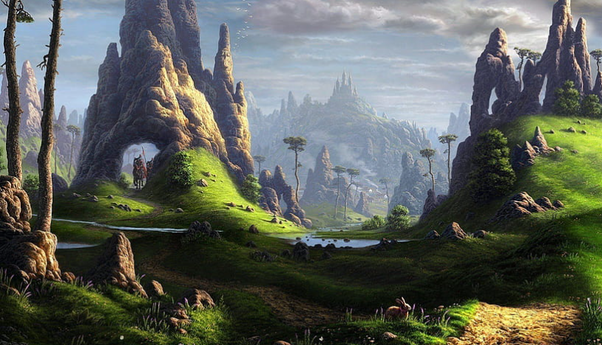
Chapter 2: Evolution of Organisms in Low-Gravity Conditions
Creatures evolving in such an environment would need unique structural adaptations. The most efficient way for an organism to move is influenced by a balance between stability and energy efficiency. Fewer legs may conserve energy through a pendulum-like motion but offer limited stability, whereas more legs provide greater stability at a higher energy cost.
The muscle strength of an organism is proportional to its cross-sectional area while inversely related to its weight. According to the square-cube law, smaller animals possess relatively more strength than larger ones. This helps explain why nearly all insects have at least six legs; their lightweight, robust muscles allow for energy-efficient movement, enabling them to maintain stability with multiple limbs.
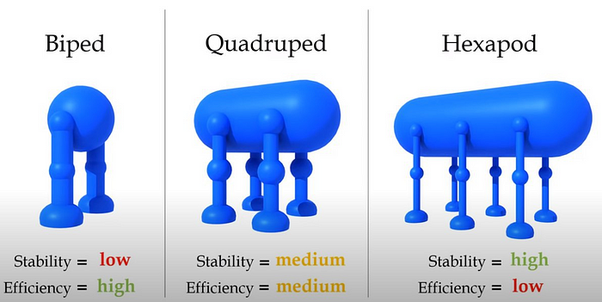
In a low-gravity scenario, both stability and energy efficiency might become less critical, allowing evolutionary paths to diverge. Larger animals might evolve into quadrupeds or bipeds, adopting energy-efficient but less stable forms. Meanwhile, smaller animals might develop quadrupedal or hexapedal gaits to maintain balance.

What is clear is that colossal creatures, far larger than any currently on Earth, could exist, resulting in a fauna that appears slender and elongated, reminiscent of insect proportions. A variety of arboreal and gliding species could thrive, exploiting the low gravity and ample space found in towering trees.
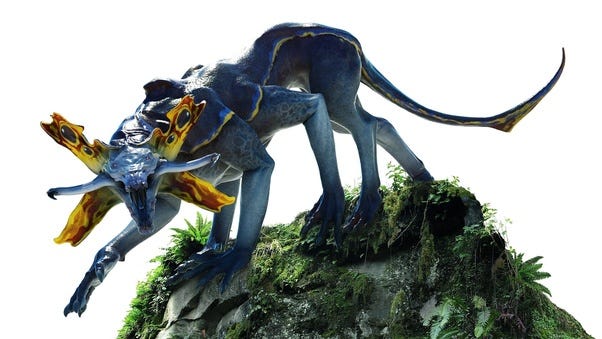
Chapter 3: Plant Life Adaptations
Plants would also need to adjust to their surroundings. The reduced gravity could allow for significant height without compromising their ability to absorb water, and they might even evolve mechanisms to extract moisture directly from the atmosphere. Trees would not need to be exceptionally sturdy due to the thin air, allowing them to grow tall, limited only by their own mass.
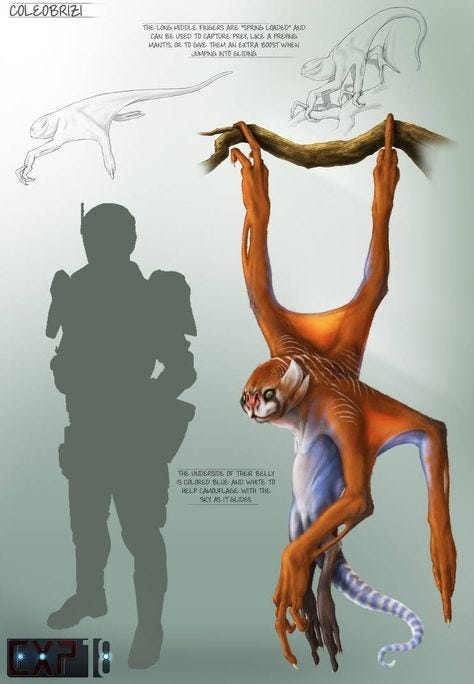
The thin atmosphere suggests a lower oxygen concentration, requiring animals to develop advanced circulatory systems, perhaps resembling bird air sacs, to thrive in such conditions. Many of these creatures might be endothermic, as this trait can be beneficial in low-oxygen environments, and their larger size may contribute to longer lifespans.
As the lower oxygen levels complicate diffusion for respiration, the counterparts to Earth's invertebrates would likely be smaller. Additionally, flying creatures might need to adopt adaptations such as wider wings or multiple pairs to compensate for the thin atmosphere.
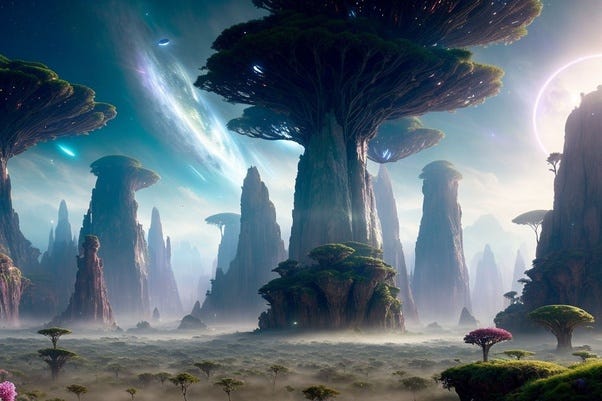
Aquatic animals, on the other hand, would be less affected by gravity. However, the evolutionary strategies for flying species remain uncertain. While lower gravity may facilitate flight, the thin atmosphere would still present challenges, necessitating large wings or multiple sets for successful airborne movement.

Chapter 4: Visualizing Life on Low-Gravity Planets
To better understand the implications of life on a low-gravity planet, explore the following videos:
The first video, "Life on a Low-Gravity Planet," delves into the potential adaptations and life forms that could emerge in these unique environments.
The second video, "What Would Your Life Be Like On a High Gravity Planet," contrasts this discussion, providing insights into how life might evolve under different gravitational forces.